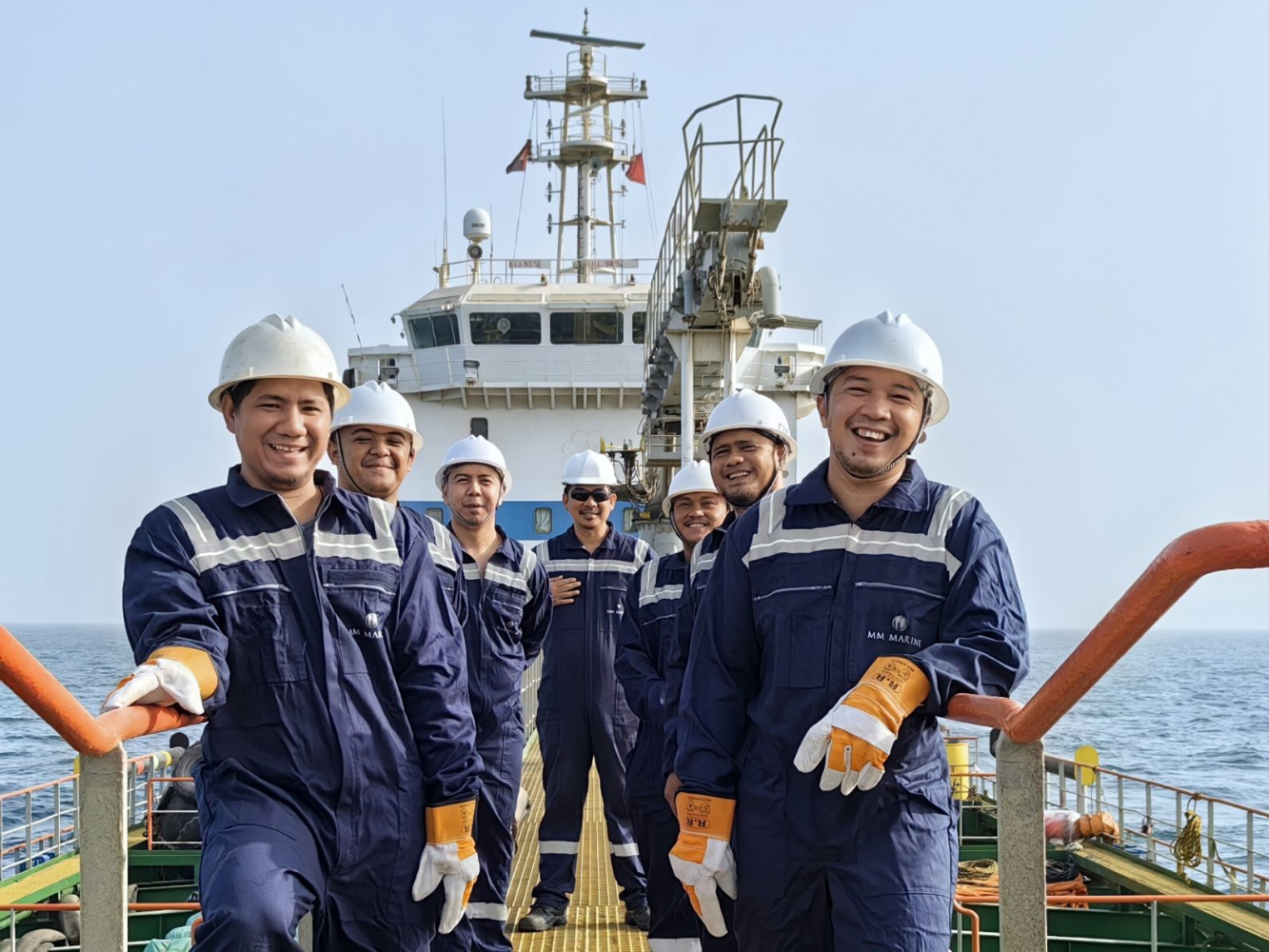Planet
greenhouse gas emissions
Our GHG reporting and commitment.
The shift from fossil fuels to cleaner, more sustainable and renewable sources of energy is driven by a need to halt climate change, reduce pollution, and improve energy security.
Mercuria plays an active role by promoting sustainability and investing in technologies and infrastructure that advance the transition to this low-carbon economy.
We don’t claim to have all the answers, but we believe in swift, decisive action. As a private company, we are uniquely positioned to act with speed and scale, contributing to the energy transition in three ways:

- Pioneering Investments: We surpassed our commitment that half of our investments will be in all parts of the energy transition by 2025, having already invested in over 50 companies across all facets of the energy transition. These strategic investments are projected to generate significant CO2 reductions and removals, propelling us towards a low-carbon future.
- Advancing Sustainable Supply Chains: We actively source sustainable biofuels, implement emission-reducing measures in shipping, and invest in nature-based solutions like forest preservation and reforestation projects. Additionally, our Environmental Products team collaborates with clients and partners to tailor solutions that help them achieve their Net Zero aspirations.
- Decarbonizing Our Own Operations: As a committment to Net Zero by 2050, we are dedicated to minimizing our carbon footprint. Recognizing the complexity of this journey, since 2022 our practice is to offset our remaining annual Scope 1 & 2 emissions.
This section outlines the underlying approach and scope for calculating and reporting our greenhouse gas (GHG) footprint. Detailed information about our 2023 CO2 footprint can be found on the planet in 2023 page.
Mercuria has been measuring and actively reducing its GHG footprint for several years. In 2023, we further refined our efforts by:
- Enhancing data quality and collection processes.
- Implementing updated calculations based on improved data and approaches.
- Adapting our carbon accounting methodologies to align with evolving standards and guidance.
We remain committed to continuous improvement in our journey towards a sustainable future.
Guidance and emission factors
We adhere to the GHG Protocol, Revised Edition as the guiding standard for our emissions. Given the diversity of our activities and investments, we have considered the principles from various guidance (e.g., IPIECA for oil and gas) for the respective activity. We continue to review and update our approach as new guidance becomes available.
Our approach, in order of priority, consists of the following steps:
- Reported Emissions: We report on emissions data reported in regulatory filings for our assets.
- Primary Data Collection: We collect primary data (e.g., actual consumption figures from invoices and management reports) to quantify emissions.
- Estimation with Derived Figures: When neither reported emissions nor primary data are available, we estimate emissions by applying derived figures to activity-based data.
Our emission factors are derived mainly from IPCC, ISO, DEFRA, EPA, and IMO. We have updated these factors to reflect the most recent publication versions and have also had them independently verified by Validere for accuracy and reliability.
Organizational footprint
We report our organizational footprint based on the GHG Protocol equity share. Asset emissions are calculated based on Mercuria’s percentage equity share of each asset. Equity share gives a better reflection of our business model compared to the operational control basis as we are not primarily an operator of assets.
The assets we own and operate cover a wide range of energy and energy-transition related assets. This includes terminals and warehousing for storage, bunkering vessels, renewable fuel refineries, gas and power assets and mining activities.
Scope of reporting
This includes activities that involve combustion of fossil fuels and processes prone to atmospheric emissions through venting or similar processes. The primary sources include oil and gas production, biofuel refining, mining, and transportation activities. Assets in the development stage, deemed to have a negligible GHG footprint, have been excluded from our analysis. We remain committed to periodically reevaluating their significance and will incorporate these assets into our reporting scope as they progress and develop further.
On an equity share basis, we have accounted for emissions from the chosen activities and investments in companies where our ownership exceeds 20%. The rationale for selecting this threshold is twofold: obtaining accurate data becomes considerably more difficult below this equity level and stakes smaller than this threshold contributes insignificantly to the overall emissions footprint.
The assets included are three bio-refining, two mining, six upstream oil and gas, one warehouse, one alternative fuel, four terminals, bunkering related and freight business. The emissions also include Mercuria offices, data centres, transportation via ship or pipeline and business flights for Mercuria employees.
Scopes
We report on the following scopes:
Scope 1 – Direct emissions
- Mercuria assets, activities and companies we invest in: direct emissions from operational activities, which includes stationary and mobile combustion, flaring and venting and other related operational emissions.
- Direct emissions from shipping activities performed by vessels owned by Mercuria for marine fuel bunkering.
Scope 2 – Indirect energy imports
- Mercuria assets: purchased electricity, steam, heating, and other energy imports.
- Mercuria offices and data centres: electricity and gas purchased.
Scope 3 – Selected categories
- Category 6: Upstream – Business travel
- Reported For Mercuria’s business flights.
- Category 8: Upstream – Leased assets
- Reported for Mercuria’s time chartering of vessels.
- Category 9: Downstream – Transportation and Distribution
- Reported for transportation of traded commodities via gas pipeline or marine vessel.
Further detail on approach
- The gases included in the calculations are those in the Kyoto basket of gases – largest contributors are carbon dioxide and methane.
- Where possible, we have utilized supporting documents from the assets and companies we have invested in to determine emissions based on actual consumption data, or we have used GHG reports created for regulatory purposes. However, due to the widespread distribution of emission sources, challenges in data collection, or the limited scope of regulatory reports, we have occasionally resorted to estimating emissions using production or activity data. For these estimations, our centralized approach employs common emission factors and Global Warming Potentials (GWPs) as outlined in the IPCC’s Sixth Assessment Report.
- Scope 2 emissions are location-based.
- In addition to Scope 2 emissions from our assets and companies we have invested in, it includes emissions from our offices and data centres.
- A fundamental part of our business involves the trading of commodities between various parties, which necessitates the global transportation of physical goods across markets. This activity is directly related to Scope 3 emissions from categories 6 (Business Travel), 8 (Upstream Leased Assets), and 9 (Downstream Transportation and Distribution). Therefore, we have incorporated these Scope 3 emission categories into our emission reporting since they are most pertinent to our business model, ensuring a comprehensive assessment of our environmental impact.
-
- Category 6: Upstream – Business travel.
- We report on our business air travel emissions. Our travel agency collects and stores details of all business flights. Our business travel emissions are then calculated directly from this data by a third-party, Atmosfair [1]. Atmosfair is a third-party non-profit carbon foot printing & offsetting organization. They use our flight data to calculate our emissions using DEFRA emission factors.
- Category 8: Upstream – Leased assets.
- Our vessel chartering business is growing. We charter vessels on time charter, and consequently charter them to third parties for their own use. Emissions are calculated based on the total actual consumption of fuel across the period of the time charter during the year.
- Category 9: Downstream – Transportation and distribution.
- We have accounted for the primary sources of our downstream emissions, focusing on the maritime transport of commodities and the conveyance of gas through pipelines.
- Shipping emissions: The emissions include voyage charters for commodities transported using actual fuel consumption. This year we started using Sea, a third-party platform for our shipping emissions. Sea contacts ship-owners directly to report actual fuel consumption, which Sea uses to calculate emissions using ISO emission factors. for some voyages where fuel data is not available, we have estimated emissions based on the distance and equivalent vessel type of other vessels reported on Sea.
- Pipeline: For gas transportation by pipeline, we estimate losses (from leakages or usage e.g., to power compressors by the pipeline operator) by applying IPCC emission factors based on the volumes transported during the year.
- Category 6: Upstream – Business travel.
- In preparing this report, we have evaluated other Scope 3 emission categories. However, our distinct role in the value chain, primarily as an intermediary facilitating the exchange and temporary storage of a diverse array of commodities, sets us apart. We have a unique position spanning various value chains across different industries without being a direct consumer or a major producer. This position means we do not drive demand or directly contribute to an increase in supply, but only act as an intermediary facilitating the connection between the various parties. This has led us to exclude additional categories from our current reporting scope. The significant challenges in acquiring appropriate data also play a role in this decision.
We are committed to staying abreast of evolving methodologies and guidance, aiming to refine our reporting practices in future periods.
GHG emissions 2023
The latest report of greenhouse gas emissions for the calendar year 2023 can be found in the Planet in 2023 section.
Continue reading




